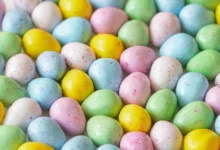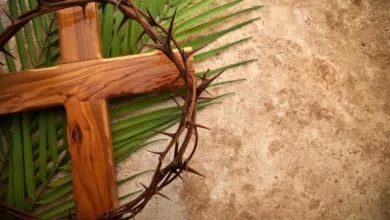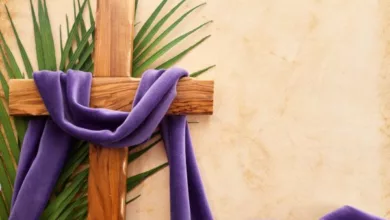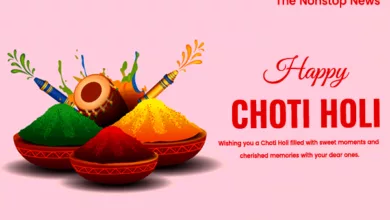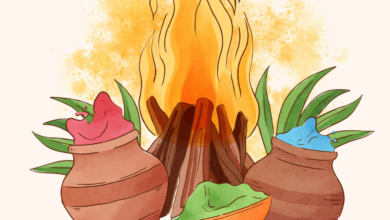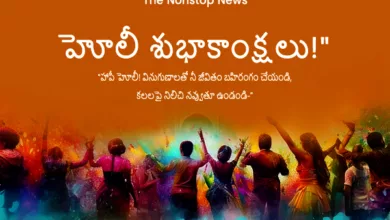FABRIC KNITTING METHODS
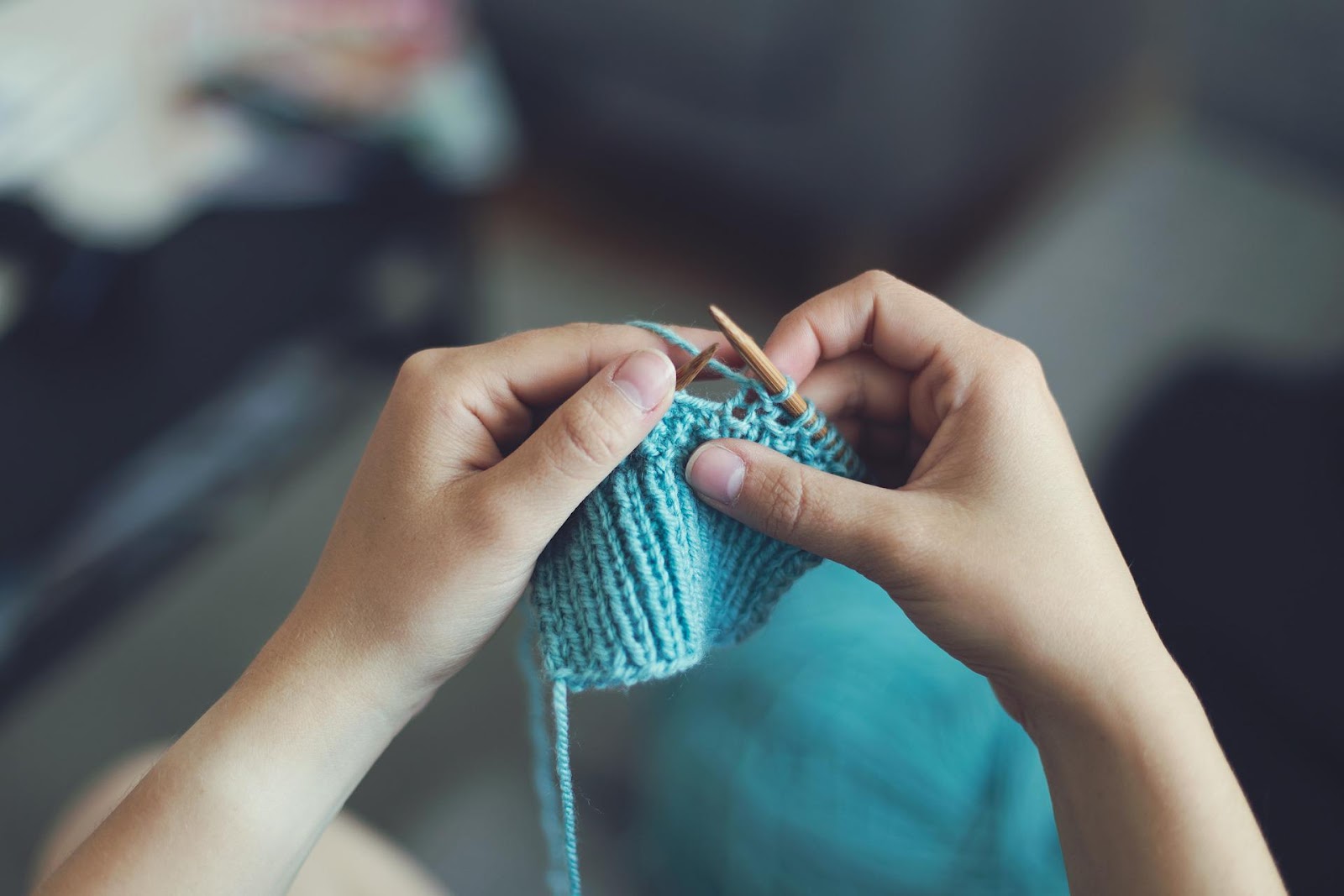
In simple terms, Knitting is a way of converting thread or yarn into fabric. Fabric knitting goes back to ancient times. Earlier it was done by hand purely but now technologically advanced machines have taken place for mass production and quality. An average person recognizes knitted fabric as being made up of interlocking loops formed from continuous yarns or sets of yarns. One can easily point out the difference in knitted and woven fabrics. Knitted fabrics have more elasticity, better stretch, and durability.
Looking over knitting techniques used in the textile industry, there are two ways:
- WEFT KNITS
- WARP KNITS
WEFT KNIT
- The simplest technique of knitting.
- A horizontal loop is made from a single yarn, and the loops are intertwined on a crosswise basis, in a circular or flat form.
- Fabric is formed by feeding the weft threads, more or less, at right angles to the direction of formation. Most of the knitting part is in tubular form.
- Fabrics formed are highly elastic and can be stretched easily.
- Loosing of shape by the fabric is very common when pulled.
- Also, it retains heat and traps air.
Types of Weft Knitting
There are four modes through which weft knitting is done.
- Plain Knitting: Also known as single jersey fabric in which the face has front stitches and back has identifiable end stitches. The fabric produced are made by using one linear array of needles which results in roll up of the back to the front. The fabric can be stretched vertically and horizontally. Generally one will find the laddered formation if the stitch breaks. This technique gives highest machine productivity. This technique is best for making sweaters, Cotton fabrics, sheets, fashion garments such as t-shirts, dresses, etc.
- Purl knitting: If one finds reversible stitches on both sides and they look absolutely similar, then it is Purl knitting. In this method, fabrics are produced by messing the adjacent courses in opposite directions. The final structure has more longitudinal extensibility. When compared to plain knit fabrics, these are thicker ones with no roll-ups. The quality is also better. This type of fabric can be used to make baby clothes, scarves, and fancy fashion garments.
- Interlock Knitting: Interlock knit structures are a combination of two rib knit stitches.The reverse stitches of one side covered by the face stitches of other side. The interlocking of the stitches doesnot allow any type of flexibility or stretch. The firmer fabric comes in a thicker quality with no roll-ups. Moreover, the fabric is used mainly for premium quality sweaters as its a better insulator. Also tshirts, tops, skirts are made with this type of weaved fabric.
- Rib Knitting: Also known as double jersey knit where only face stitches can be seen. Two needles are used in adjacent wales in opposite direction. The fabric can be used from both sides. The expensive knitted fabric is more elastic and thicker as compared to jersey knitted ones but it has highest machine productivity.
WARP KNITTING
Knitting is done along the length of the fabric by knitting in the adjacent columns of the fabric rather than in a single row. In the textile industry, warp knit fabrics are exceedingly popular because of the many properties they possess, including softness, fineness, wrinkle resistance, shrinkage resistance, strength, and scratch resistance.
Types of Warp Knitting
- Raschel Knitting: Coarser yarns are used in this technique with latch needles on the go. Raschels can be made in a variety of types, ranging from fragile to coarse, and usually have limited stretch.
- Tricot Knitting: It is done using bearded needles on a flatbed machine. The attraction is the creation of a zigzag effect on the front and a ribbed effect on the back. Soft and flexible fabric is created in various colors and patterns which are mostly synthetic fibers like nylon and spandex.
The textile industry is using all the techniques in with technological change. The future will be bright if we all for more eco-friendly practices with zero waste management.
